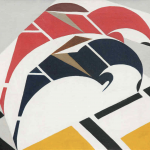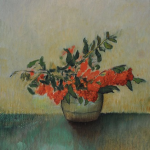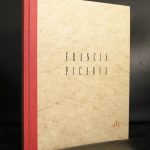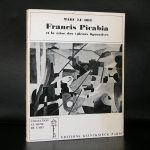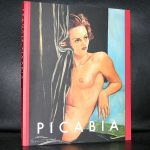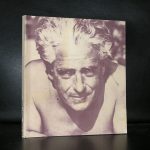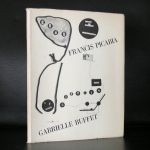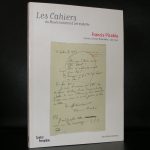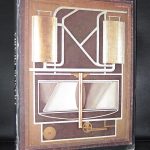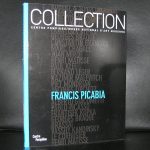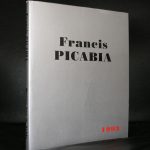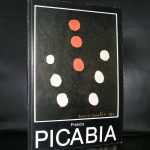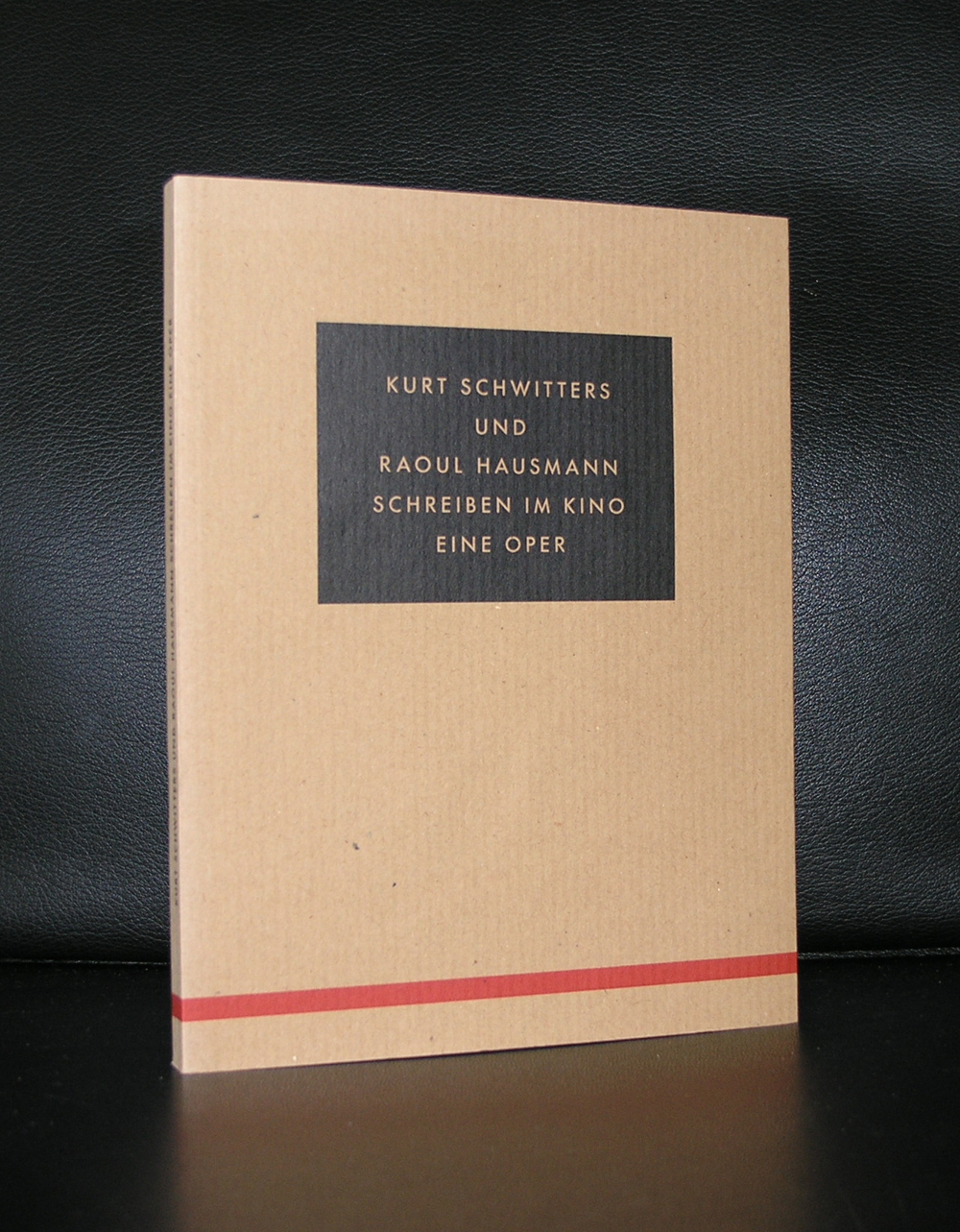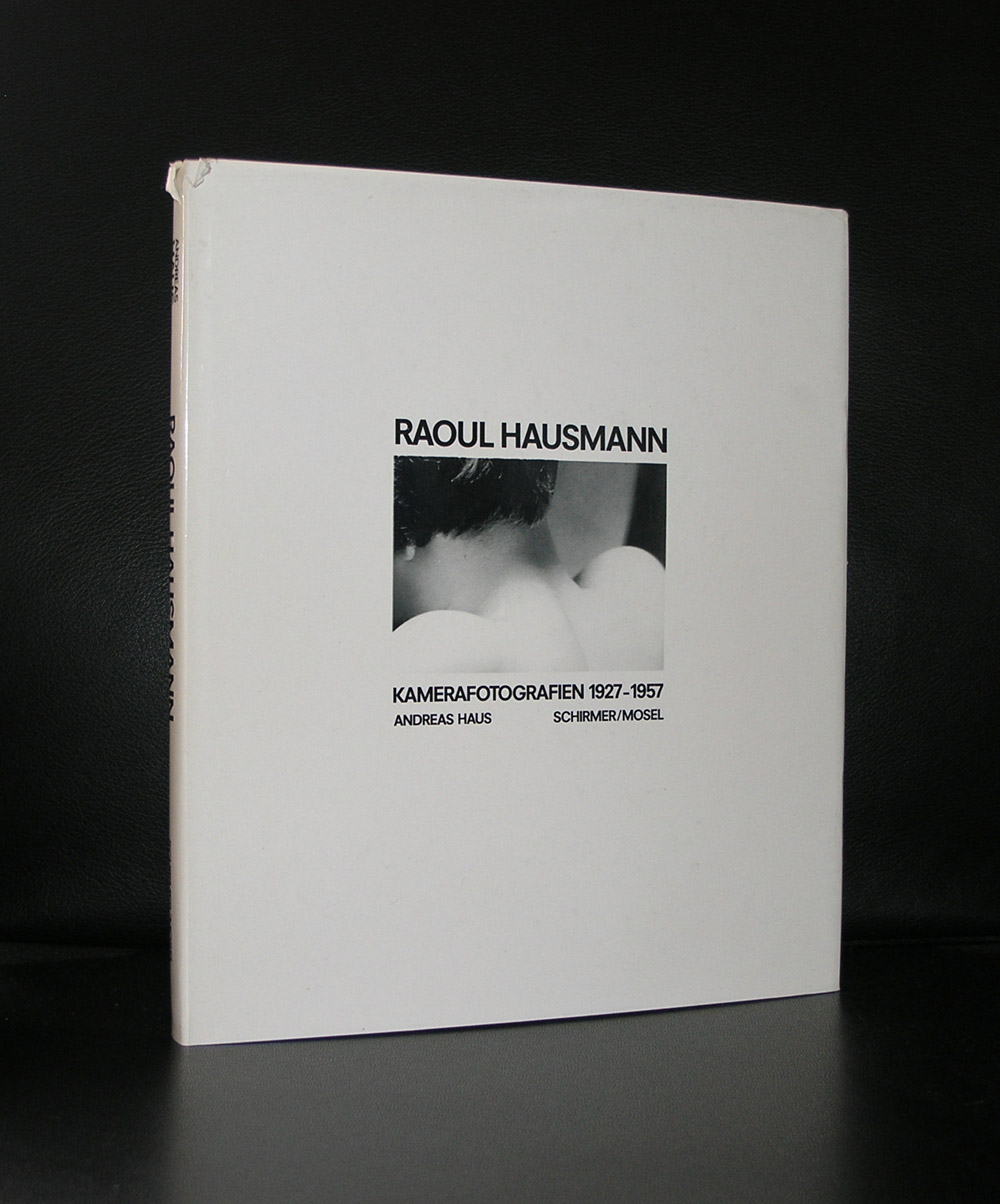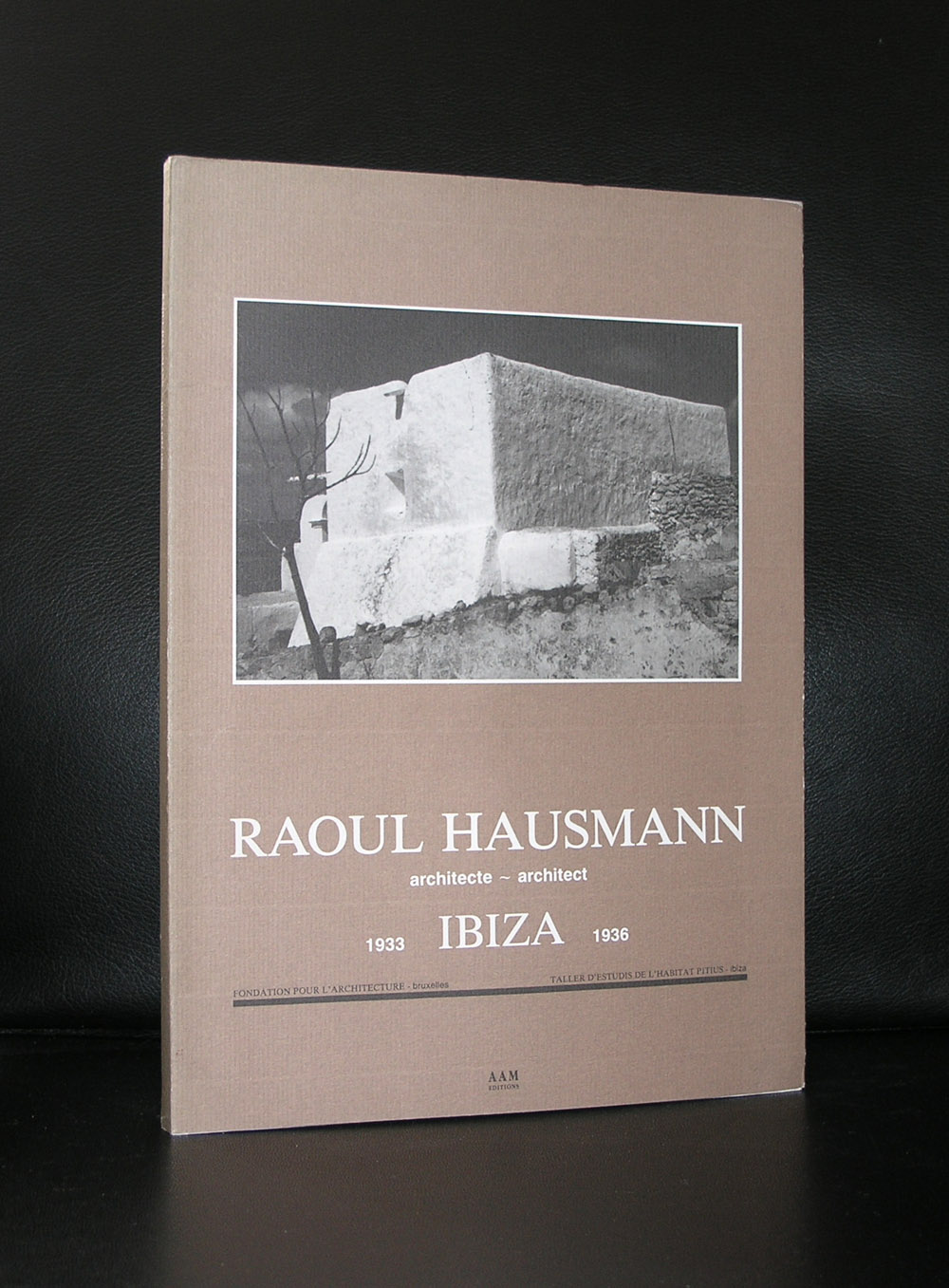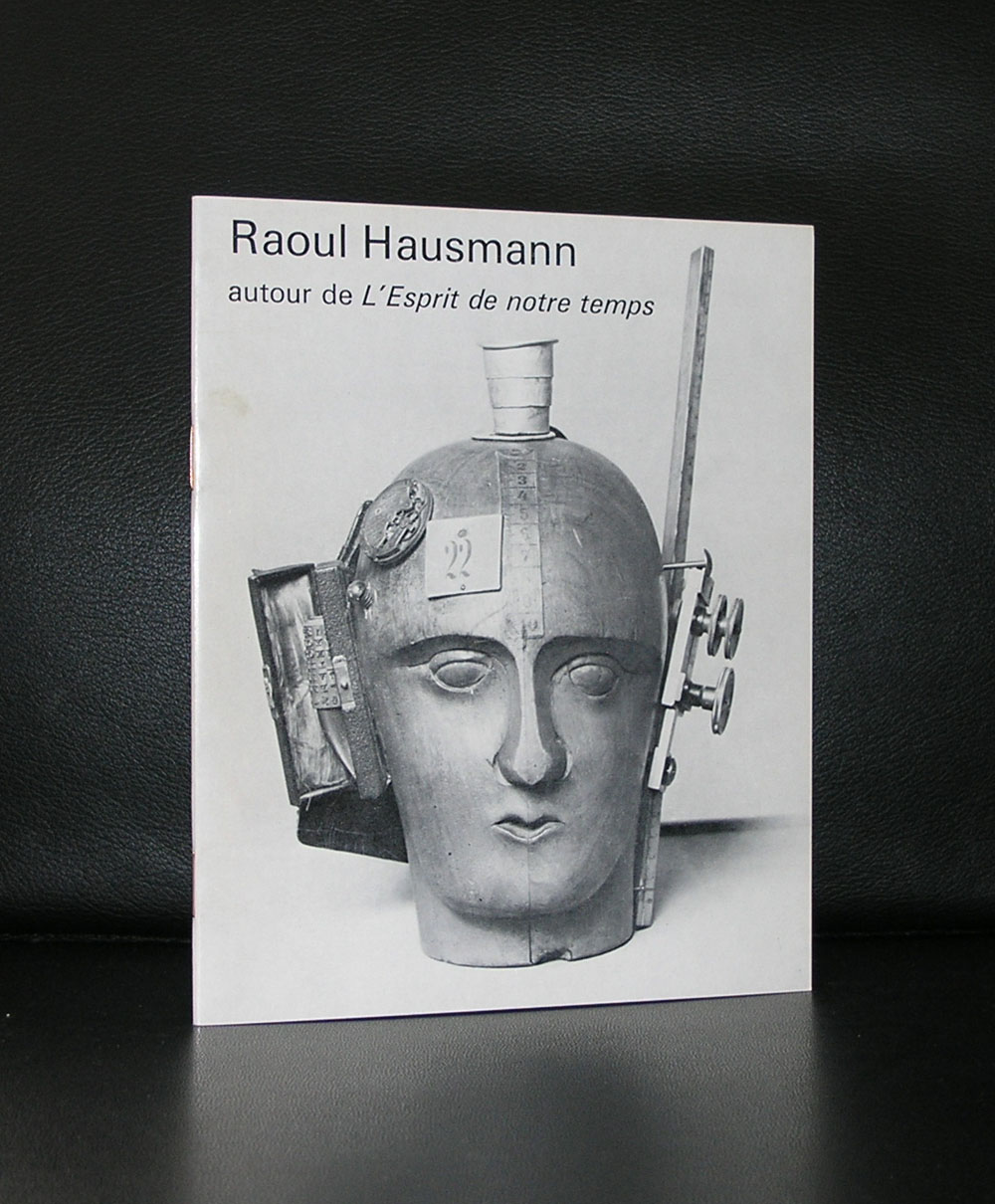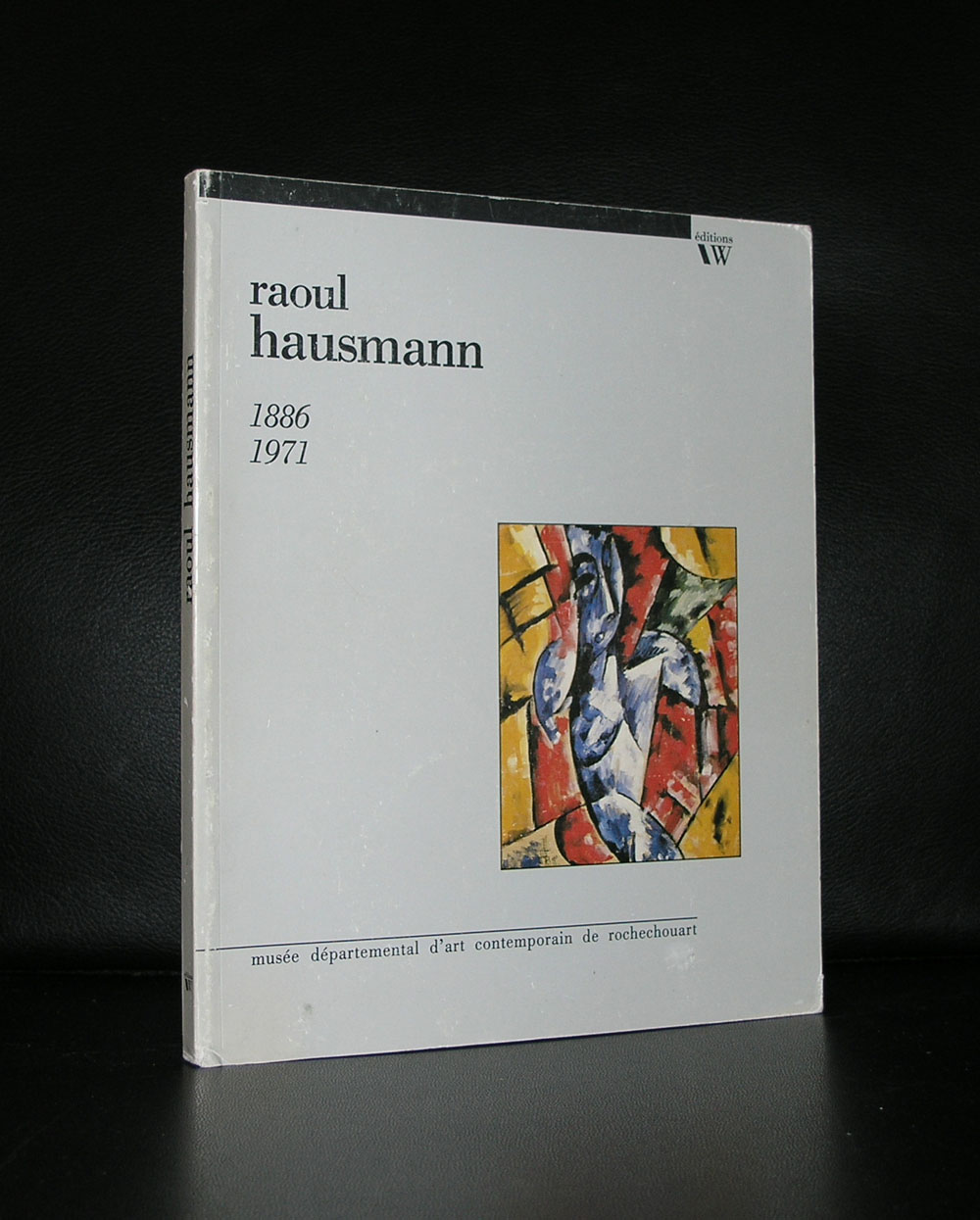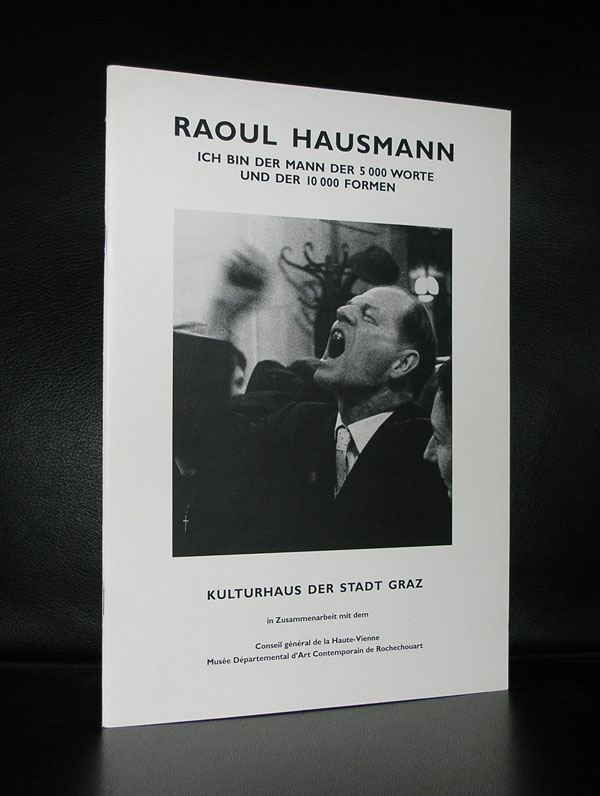
From c1911 to c1915 he lived in Paris, probably after separating from his wife. There he was acquainted with Amedeo Modigliani, Jean Arp, Othon Friesz, Moise Kisling. Modigliani painted his portrait in 1916. At this point his art was influenced by Cubism, but soon grew more abstract. He never dated and only rarely signed his works.[3]
In the years c1915-1917 he lived first at Ascona and later other places in Switzerland, with his wife Marion, née Klein. During this time, he started working on his ‘universal language’, a theory of harmony for painting which was to open up a way for meaningful communication between viewer and artist.[4]
During one of his stays at the Mount Verita Lebensreform colony at Anconà, Italy, Eggeling met the author Yvan Goll, one of the principle advocates of film as art amongst German literary circles. In 1920, Goll published the article entitled Das Kinodram where he states emphatically that “the basis of all future art is the cinema.” During 1918 Goll helped Eggeling with first preliminary works for the latter’s abstract film (probably Horizontal-Vertikal-Messe) cutting geometrical forms and mounting them onto the celluloid support. According to Claire Goll, the two also discussed the foundations of abstract film which Goll still called Kinomalerei [cinema-painting].[5]
In c1918 Viking and Marion settled down in Zürich. There he re-connected with Jean Arp and took part in several Dada activities, befriending Marcel Janco, Richard Huelsenbeck, Sophie Taeuber, and the other dadaists connected to the Cabaret Voltaire. In March 1919 he also joined the group Das neue Leben [New Life], started the year before in in Basel by Arp, Fritz Baumann, Augusto Giacometti, Janco, Taeuber, and Otto Morach, among others. The group supported an educational approach to modern art, coupled with socialist ideals and Constructivist aesthetics. In its art manifesto, the group declared its ideal of “rebuild[ing] the human community” in preparation for the end of capitalism. In April 1919 Eggeling was co-founder of the similar group .
Radikale Künstler [Radical Artists], a more political section of Das neue Leben group, that also counted Hans Richter
www.ftn-books.com has the scarce Hoffmann Stiftung catalog from 1953 available with the Eggeling cover.

























